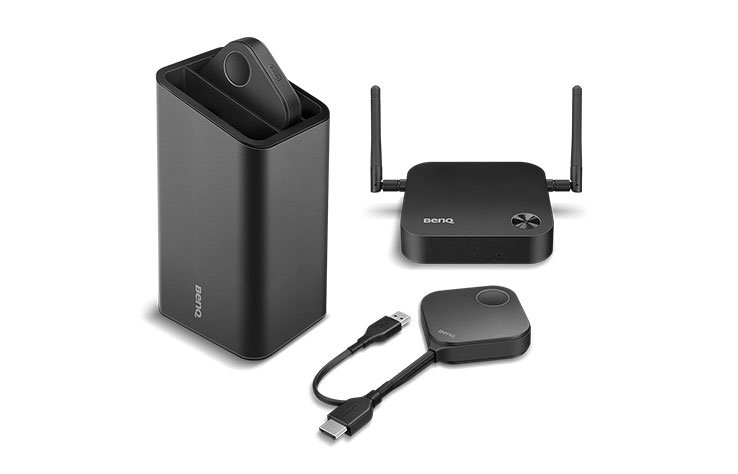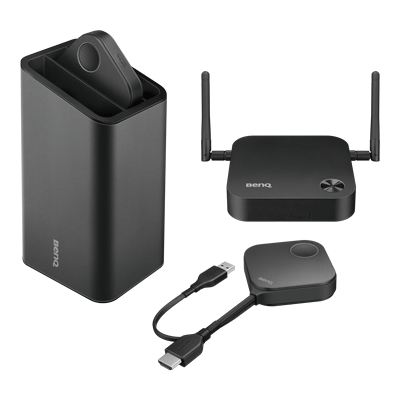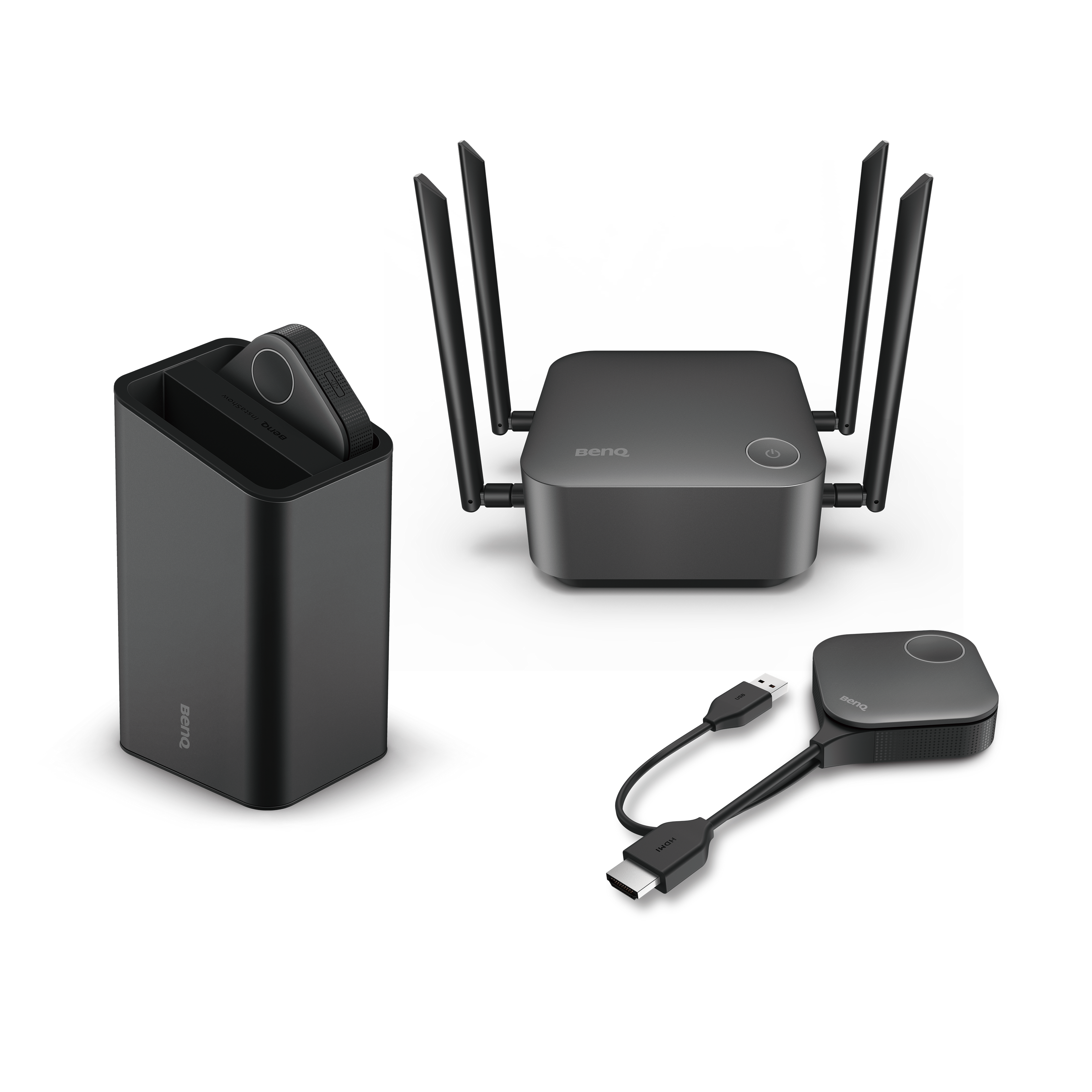What is The Best Wireless Screen Mirroring System for Linux Devices?
- BenQ
- 2022-08-18

According to a recent report by Fortune Business Insights, the global Linux operating system market is projected to reach USD18.78 billion by 2028, up from USD4.57 billion in 2020 and at a Compound Annual Growth Rate (CAGR) of 19.5% during the forecast period. Linux has become one of the fastest-growing operating systems worldwide. Yet when it comes to connecting Linux devices to a meeting room display, most of the time you are stuck stringing an HDMI cable over the floor or through a wall due to the apparent lack of wireless casting options.
But this is not the case. Wireless presentation systems are available for mobile devices as well as laptops and desktops, and in addition to Windows, Android, and iOS, many support Linux. They make it easy for meetings to take place in different locations and on the go, and level up collaborative work. In this article, we will evaluate different solutions for wireless screen mirroring in terms of usage flexibility, data protection, and cost.
What are these devices?
The three most popular systems for wireless screen mirroring that support Linux devices are BenQ InstaShow , plus AirTame2. Barco ClickShare CS-200 has discontinued support for Linux but does support Google Cast.
BenQ InstaShow supports any Linux device with development boards such as Raspberry Pi, Ubuntu, and other Linux standards. Just connect the HDMI button to your device and tap to present onto a projector or larger flat panel display. BenQ designed InstaShow for a wide variety of devices beyond traditional notebooks, phones, and tablets.
Another alternative is the AirTame2 system, which uses a proprietary application that supports Ubuntu but is not officially supported on Fedora or other Linux based operating systems.
Is the content protected?
IT experts prefer Linux due to its ability to move data securely with less risk of attacks or intrusions. For a wireless screen mirroring solution, this is also a concern as unsecured wireless transmissions could be recorded or captured.
Unlike wireless presentation systems that rely on corporate networks or using Wi-Fi to transmit data, BenQ InstaShow is installation free and has its own closed network, making sure content sent between devices and displays remains in a highly secured environment. BenQ InstaShow systems seamlessly encrypt all data being transmitted through the InstaShow button to the receiver using advanced 128-bit security and built-in Wi-Fi Protected Access. Conversely, AirTame does not encrypt transmissions sent through the network.
What kind of devices can I use?
Professionals such as engineers, scientists, photographers, and realtors often utilize Linux based devices, and also have other equipment such as cameras, media players, and technical or scientific instruments that may need to connect to a wireless collaboration system.
With InstaShow, you can connect nearly any device (such as a Raspberry Pi or digital camera) that outputs HDMI to a projector or flat panel display simply by plugging in a button.
BenQ InstaShow Wireless Presentation System

How much does it cost?
For commercial systems that enable wireless screen mirroring, many IT managers utilize the Gartner TCO model for wireless presentation systems to calculate the cost of setup, network configuration, app deployment, and network device management.
While both the BenQ InstaShow and Barco ClickShare CS-200 have a higher initial cost, they don’t need complicated network setup or testing and don’t impact the available bandwidth of an organization’s network as is typically the case with AirTame2.
Comparison Table: Wireless Screen Mirroring System for Linux Devices
While there are many choices for wireless screen mirroring systems with HDMI, here is a summary of how the top-selling commercial wireless presentation systems for corporate and educational collaboration
Feature |
BenQ InstaShow |
Barco ClickShare CS-200 |
AirTame2 |
Feature Connection options | BenQ InstaShow USB-C Button | Barco ClickShare CS-200 No Linux support - only Google Chromecast | AirTame2 AirTame Linux App for Ubuntu devices |
Feature Ease of Setup | BenQ InstaShow Very Easy | Barco ClickShare CS-200 Easy *No networking required | AirTame2 Complicated |
Feature Security - Encryption | BenQ InstaShow 128-bit encryption | Barco ClickShare CS-200 128-bit encryption | AirTame2 No encryption |
Feature Split Screen | BenQ InstaShow Up to 4 | Barco ClickShare CS-200 Up to 2 | AirTame2 No |
Feature Maximum number of presenters | BenQ InstaShow Up to 64 presenters | Barco ClickShare CS-200 Up to 16 presenters | AirTame2 No |
Why should I choose InstaShow for Linux devices?
InstaShow delivers a simple and reliable way to wirelessly present from nearly any Linux device with an HDMI port. InstaShow WDC-10 & WDC-20 have HDMI 1.4 output, while WDC-30 offers 1xHDMI 2.0 and1xHDMI 1.4. The data is wirelessly encrypted and transmitted to the receiver for stress-free presentations. And with InstaShow WDC-20 & WDC-30 you can add up to four presenters at the same time, perfect for scrum sessions and detailed collaboration.

